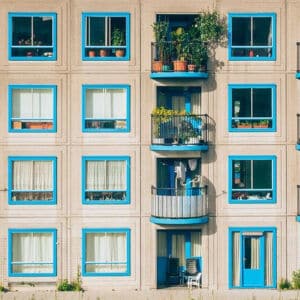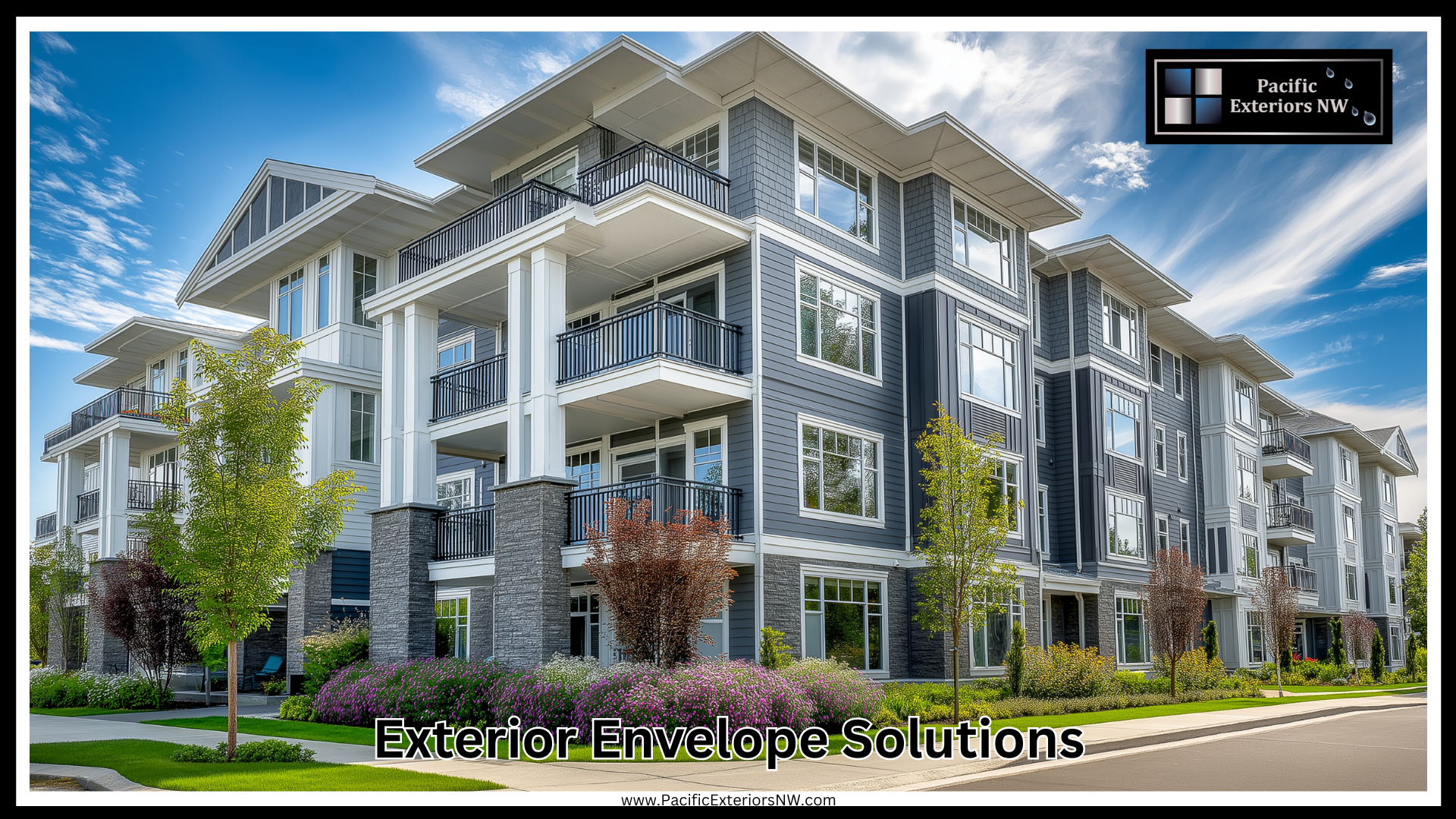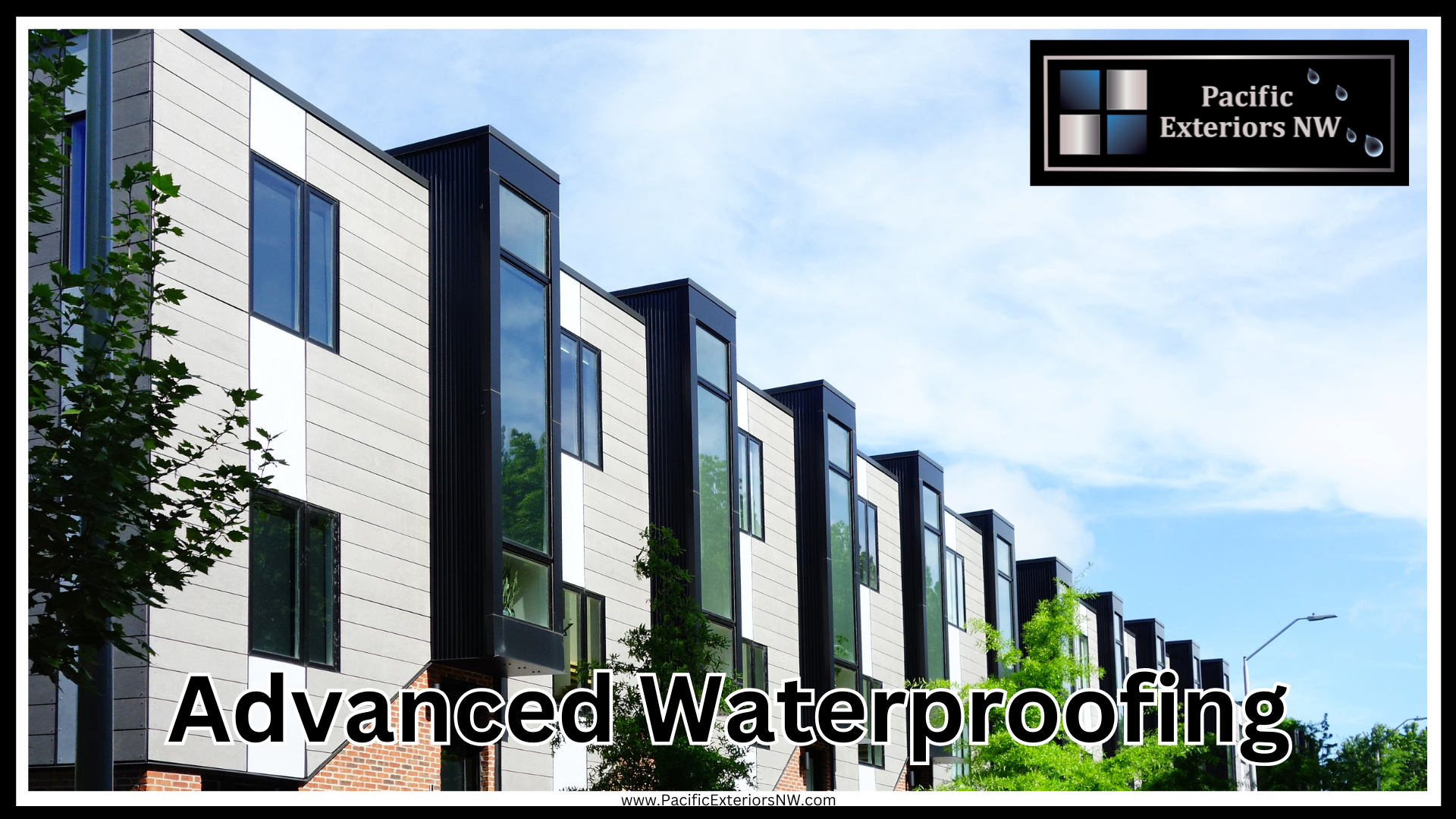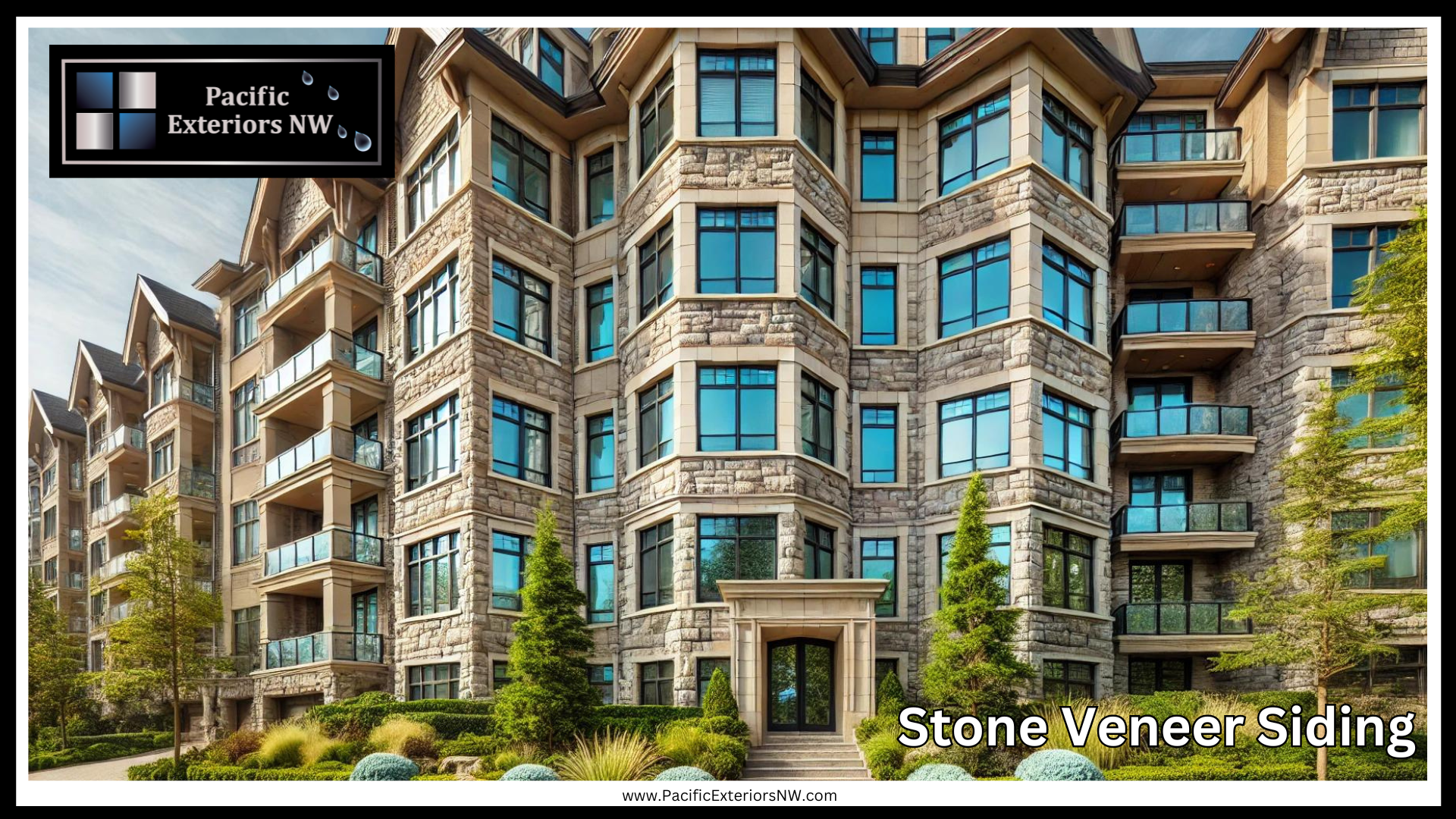 Dry rot is a severe problem that can affect apartment complexes. This damage is caused by a lack of moisture, which allows the growth of fungi.
Dry rot is a severe problem that can affect apartment complexes. This damage is caused by a lack of moisture, which allows the growth of fungi.
If left unchecked, dry rot can cause structural damage to buildings and make them unsafe for occupancy. To prevent dry rot, it’s essential to keep the building moisture-free.
This can be done by repairing leaks, ensuring proper ventilation, and using a dehumidifier. If dry rot does occur, it’s essential to know how to repair the damage.
With these helpful tips, you’ll be able to get your apartment complex back in tip-top shape in no time!
Table of Contents:
- What Is Dry Rot?
- How Does Dry Rot Affect Apartments?
- Who Is Responsible for Repairing Dry Rot in an Apartment Complex?
- How Can Tenants Prevent or Mitigate Damage from Dry Rot?
- What Are Some Common Signs of Dry Rot in an Apartment Complex?
- Conclusion
What Is Dry Rot?
Be on the lookout for dry rot, especially if you live in an apartment complex.
Here are some signs of dry rot to look out for:
- Dark or discolored wood
- Crumbling wood
- Shrinking wood
- Wood that feels soft or spongy
If you notice any of these signs, you must get in touch with a professional dry rot repair company immediately. Left untreated, dry rot can cause serious damage to your apartment complex.
It can even make your apartment complex structurally unsound. Don’t let dry rot ruin your apartment building.
Be on the lookout for the signs and get professional help if you need it.
How Does Dry Rot Affect Apartments?
This is because dry rot often goes undetected until it has caused significant damage, which can be very expensive to repair.
Dry rot occurs when wood becomes exposed to excessive moisture. This can happen in apartments due to leaks in the roof or windows or condensation.
Once the wood becomes wet, it starts to break down and rot. The rot will spread quickly if it is not treated, and it can eventually cause the wood to collapse.
If you suspect that your apartment has dry rot, it is essential to have it inspected by a professional. If the problem is caught early, the damage can often be repaired.
However, if the rot is left untreated, it will continue to spread and cause more damage. The entire apartment may need to be gutted and rebuilt in severe cases.
If you live in an apartment, check for signs of dry rot. If you see any water damage or wood that looks suspicious, don’t hesitate to have it checked out.
Catching dry rot early can save you time, money, and hassle in the long run.
Key Takeaway: Dry rot can be a severe problem in apartments and can be expensive to repair if left untreated.
Who Is Responsible for Repairing Dry Rot in an Apartment Complex?
So, who is responsible for repairing dry rot in an apartment complex?
The simple answer is that it depends. In most cases, the landlord or property manager is responsible for repairing any damage to the unit caused by dry rot.
This includes damage to the walls, floors, ceilings, and any other unit part affected by dry rot. However, there are some exceptions.
For example, if the tenant is responsible for maintaining the unit in good condition, then the tenant may be responsible for repairing any damage caused by dry rot.
Additionally, if a tenant’s negligence causes the dry rot, the tenant may be held responsible for the repairs.
It’s important to read your lease agreement carefully to see who is responsible for repairs, as this can vary from complex to complex. If you’re unsure, ask your landlord or property manager for clarification.
Ultimately, it’s important to be aware of dry rot and what can cause it. This way, you can take steps to prevent it from happening in your unit.
Key Takeaway: It depends on the lease agreement, but usually, the landlord is responsible for repairing dry rot in an apartment complex.
How Can Tenants Prevent or Mitigate Damage from Dry Rot?
Apartment buildings are often made with shared walls, which means that if one unit has a dry rot problem, it can quickly spread to other units.
This can cause extensive damage to the structure of the building, and it can be tough and expensive to repair. Tenants can take proactive steps to prevent or mitigate damage from dry rot.
First, it is essential to be aware of the signs of dry rot, which include discoloration, flaking or crumbling of wood, and musty odors. If you see any of these signs, immediately report them to your landlord or property manager.
Second, tenants can help prevent dry rot by keeping their apartments clean and free of clutter. This will create a drier environment that is less conducive to the growth of mold and mildew, which can lead to dry rot.
Finally, tenants can help mitigate dry rot damage by being careful not to over-water their plants. While plants need water to thrive, too much water can promote mold and mildew growth, which can lead to dry rot.
If you have plants in your apartment, water them sparingly and allow the soil to dry out completely between waterings. Following these simple tips can help tenants prevent or mitigate damage from dry rot.
However, suppose you do notice any signs of dry rot. In that case, it’s essential to report it to your landlord or property manager immediately to address the problem before it causes severe damage.
Key Takeaway: Tenants can help prevent dry rot by being aware of the signs, keeping their apartments clean and clutter-free, and not over-watering their plants.
What Are Some Common Signs of Dry Rot in an Apartment Complex?
If you live in an apartment complex, it’s essential to look for signs of dry rot. This damage can occur in any building but is especially common in apartments due to the high humidity.
Several signs you should be aware of may indicate that your apartment complex has dry rot. One of the most common signs of dry rot is the presence of mold or mildew.
This can often be seen on walls or ceilings and may be accompanied by a musty smell. If you see mold or mildew, it’s essential to have the area inspected by a professional to determine if dry rot is present.
Another sign of dry rot is peeling or cracking paint. This is often caused by moisture seeping into the walls and causing the color to blister and peel.
If you see this, it’s essential to have the area checked out as soon as possible. If you notice any of these signs, it’s necessary to contact a professional who specializes in Apartments dry rot repair.
They will be able to assess the damage and determine the best course of action to take. In many cases, dry rot can be repaired, and your apartment complex can be returned to its original condition.
Key Takeaway: If you notice mold, mildew, or peeling paint in your apartment, dry rot may be present, and you should contact a professional for repairs.
Conclusion
If you suspect your apartment complex has dry rot, it’s essential to take action immediately. By following these tips on how to repair the damage, you’ll be able to get your complex back in tip-top shape in no time!
And don’t forget – prevention is critical. Be sure to take measures to keep the building moisture-free by repairing any leaks, ensuring proper ventilation, and using a dehumidifier.
With these steps, you can help prevent dry rot from occurring in the first place!







